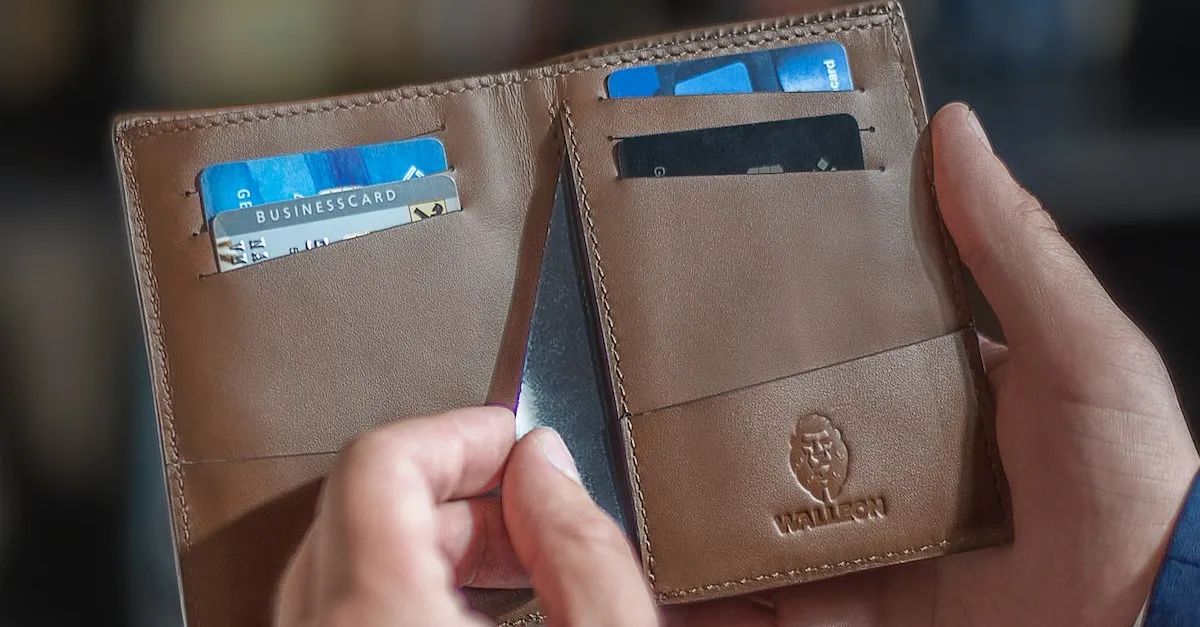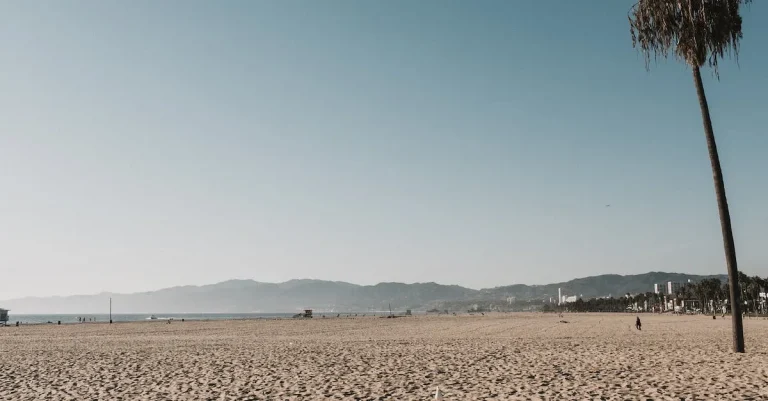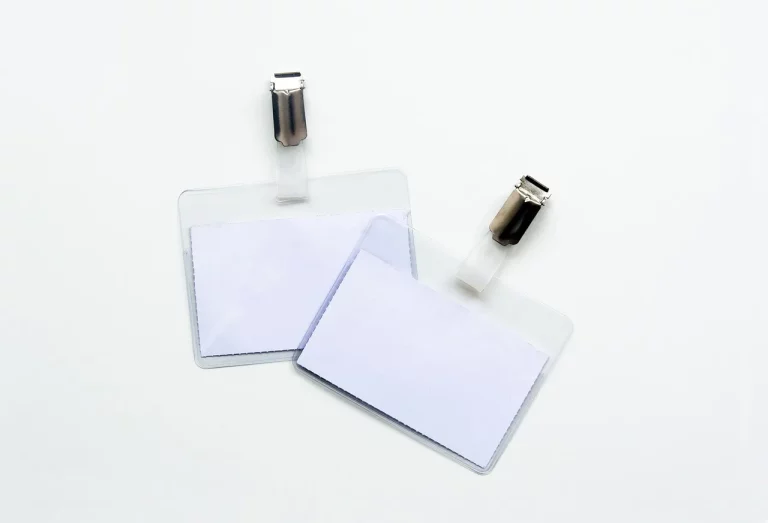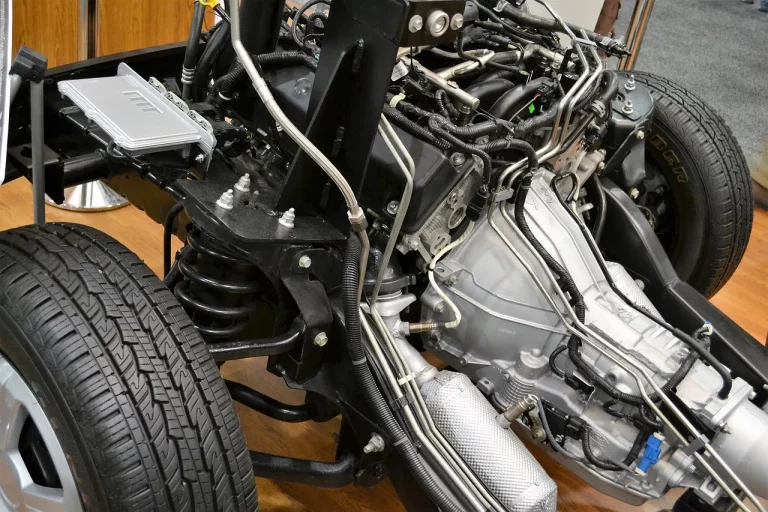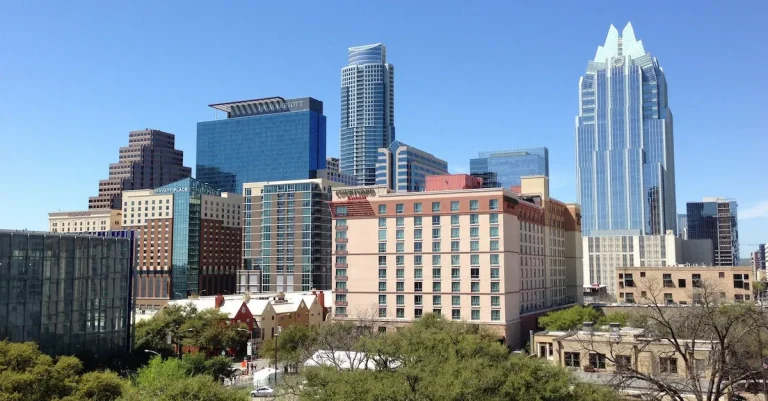Is A California Real Id An Enhanced Driver’S License?
With the REAL ID Act’s enforcement deadline looming, many Californians are wondering how the state’s REAL ID-compliant licenses and ID cards differ from enhanced driver’s licenses (EDLs). If you’re short on time, here’s a quick answer: While the California REAL ID meets federal standards for domestic air travel and entry into federal facilities, it is not an enhanced driver’s license like those offered by some states along the Canadian and Mexican borders.
In this comprehensive guide, we’ll explain everything you need to know about enhanced licenses and REAL IDs, including how California’s REAL ID-compliant IDs stack up against EDLs.
What is an Enhanced Driver’s License (EDL)?
An Enhanced Driver’s License (EDL) is a special type of driver’s license that provides additional benefits and functionality beyond a regular driver’s license. It is designed to meet stricter ID standards and enable easier land and sea border crossings.
Let’s explore the key features and advantages of an EDL.
Only offered in select states bordering Canada/Mexico
EDLs are currently only offered in select states that share a border with Canada or Mexico. These states include Washington, Michigan, New York, Vermont, and Minnesota. If you live in one of these states and frequently travel to Canada or Mexico, an EDL can be a convenient option for you.
It’s important to note that an EDL is not available in California. However, California residents can obtain a REAL ID, which is a different type of enhanced driver’s license that meets federal identification standards for domestic air travel and entering federal facilities.
Meets stricter ID standards, enables land/sea border crossings
An EDL is designed to meet stricter ID standards than a regular driver’s license. It typically includes additional security features and verification processes to ensure the authenticity of the license holder’s identity.
One of the main advantages of an EDL is its ability to enable easier land and sea border crossings. With an EDL, you can use it as an alternative to a passport when crossing the border by land or sea between the United States and Canada or Mexico.
This can save you time and make your travel experience more convenient.
It’s important to note that an EDL does not replace a passport for international air travel. If you plan to travel internationally by air, you will still need a valid passport.
For more information on EDLs and the requirements in specific states, you can visit the official websites of the Department of Motor Vehicles (DMV) in the respective states. These websites provide detailed information on how to apply for an EDL and the specific documentation required.
What is the REAL ID Act?
The REAL ID Act was passed in 2005 with the aim of establishing minimum security standards for state-issued driver’s licenses and identification cards. The Act was introduced in response to the 9/11 Commission’s recommendation to enhance the security of identification documents, making it harder for terrorists, criminals, and fraudsters to obtain fraudulent identification.
Passed in 2005 to establish minimum security standards
The REAL ID Act was signed into law by President George W. Bush in 2005 as part of the Emergency Supplemental Appropriations Act for Defense, the Global War on Terror, and Tsunami Relief. It sets forth the regulations and requirements that states must comply with in order to issue standardized, secure identification documents.
The Act mandates that state-issued driver’s licenses and identification cards must meet certain security features and verification processes to be considered acceptable for federal purposes, such as boarding domestic flights or entering federal buildings.
Sets requirements for state-issued driver’s licenses and ID cards
Under the REAL ID Act, state-issued driver’s licenses and identification cards must meet specific criteria, including the verification of the applicant’s identity, legal presence in the United States, and residency.
The Act also requires states to maintain strict security standards for the production and issuance of these documents.
Furthermore, the Act prohibits federal agencies from accepting non-compliant identification documents for official purposes, such as accessing certain federal facilities or participating in federal programs.
It is important to note that while the REAL ID Act sets minimum standards, individual states have some flexibility in implementing the requirements. As a result, the specific details of the REAL ID Act may vary slightly from state to state.
For more information about the REAL ID Act and its requirements, you can visit the official website of the Department of Homeland Security at www.dhs.gov/real-id.
How California’s REAL ID Compares to an EDL
Meets REAL ID standards but is not an EDL
California’s REAL ID is a state-issued identification card that meets the standards set by the REAL ID Act passed by Congress in 2005. It is important to note that while the REAL ID meets the requirements of a federally accepted form of identification, it is not the same as an Enhanced Driver’s License (EDL).
An EDL, on the other hand, is a specific type of driver’s license that not only meets the REAL ID standards but also includes additional features that allow it to be used for certain purposes beyond domestic travel and federal facility entry.
These additional features may vary depending on the state, but commonly include the ability to cross the US-Canada border by land or sea without the need for a passport.
So, while a California REAL ID does meet the REAL ID Act standards, it does not offer the same enhanced features as an EDL.
Valid for domestic flights and entering federal facilities only
A California REAL ID is primarily intended for domestic travel within the United States and for accessing federal facilities. It serves as a secure form of identification that can be used to board domestic flights and gain entry to certain federal buildings or military bases.
It is important to note that a REAL ID is not a substitute for a passport when it comes to international travel. If you are planning to travel outside of the United States, you will still need a valid passport.
When it comes to the specific features and benefits of an EDL, it is worth noting that an EDL may offer additional capabilities, such as the ability to cross the US-Canada border without a passport. However, these additional features are not included in a standard California REAL ID.
Getting a California REAL ID
Requirements – documents, application process
To get a REAL ID in California, you’ll need to provide specific documentation to prove your identity, lawful status in the U.S., and residency in California. Required documents include:
- Valid U.S. passport or birth certificate
- Social Security card
- Two proofs of California residency, like a utility bill or bank statement
You’ll also need to complete an application and pay the standard driver’s license application fee. The process involves:
- Gathering your documents
- Making a DMV appointment online
- Visiting the DMV to provide your paperwork and get a new photo taken
- Receiving your new REAL ID license by mail in 1-2 weeks
So getting a REAL ID isn’t much different from applying for a regular license renewal, you just need to bring extra documentation. Allow 2-3 weeks total to complete the process.
Cost – standard California driver’s license fee
The good news is there is no extra cost to get a REAL ID in California. You’ll pay the standard driver’s license application fee, which is:
- $37 for a basic Class C license if you are renewing
- $43 for a new Class C license (first time applicant)
So a California REAL ID has the same cost as getting a regular license. Be sure to also consider the DMV’s appointment and mailing fees when budgeting for your REAL ID.
Frequently Asked Questions
Do I need a REAL ID to drive?
Yes, starting October 1, 2021, a REAL ID will be required to drive legally in California. A REAL ID is a federally compliant form of identification that meets the enhanced security standards set by the Department of Homeland Security.
Without a REAL ID, you may still be able to drive with a standard driver’s license, but you will need additional forms of identification, such as a passport, to board domestic flights and enter certain federal facilities.
It is recommended to obtain a REAL ID if you plan on flying within the United States or visiting federal facilities regularly. Keep in mind that a REAL ID requires additional documentation and a visit to the DMV.
What if my license expires before the deadline?
If your license expires before the October 1, 2021 deadline, you will need to renew your license and choose whether to get a REAL ID or a standard driver’s license.
If you choose to get a REAL ID, you will need to provide the necessary documents to prove your identity, residency, and social security number. You can find a list of acceptable documents on the California DMV website (www.dmv.ca.gov).
If you choose to get a standard driver’s license, you will not need to provide the additional documentation required for a REAL ID.
Can I use my passport instead?
Yes, if you have a valid passport, you can use it as an alternative form of identification to board domestic flights and enter federal facilities. However, if you prefer to use your driver’s license as your primary form of identification, you will need a REAL ID.
It’s important to note that a passport is not required for driving within California, but it is a valid form of identification that can be used in place of a REAL ID.
If you frequently travel within the United States, it may be more convenient to obtain a REAL ID, as it allows you to use your driver’s license as your primary form of identification for both driving and domestic air travel.
Conclusion
While the California REAL ID meets federal standards for domestic travel and access to federal facilities, it is not an enhanced driver’s license. REAL IDs and EDLs were implemented under different pieces of legislation for different purposes. Only residents of states bordering Canada and Mexico can currently obtain an EDL. For most Californians, the state’s REAL ID-compliant license or ID card is sufficient for their needs and easier to obtain than an EDL.

